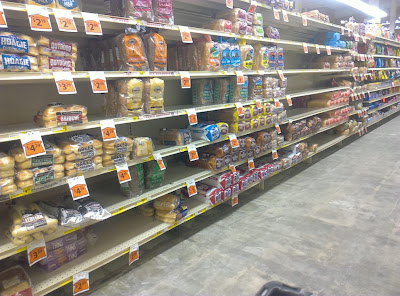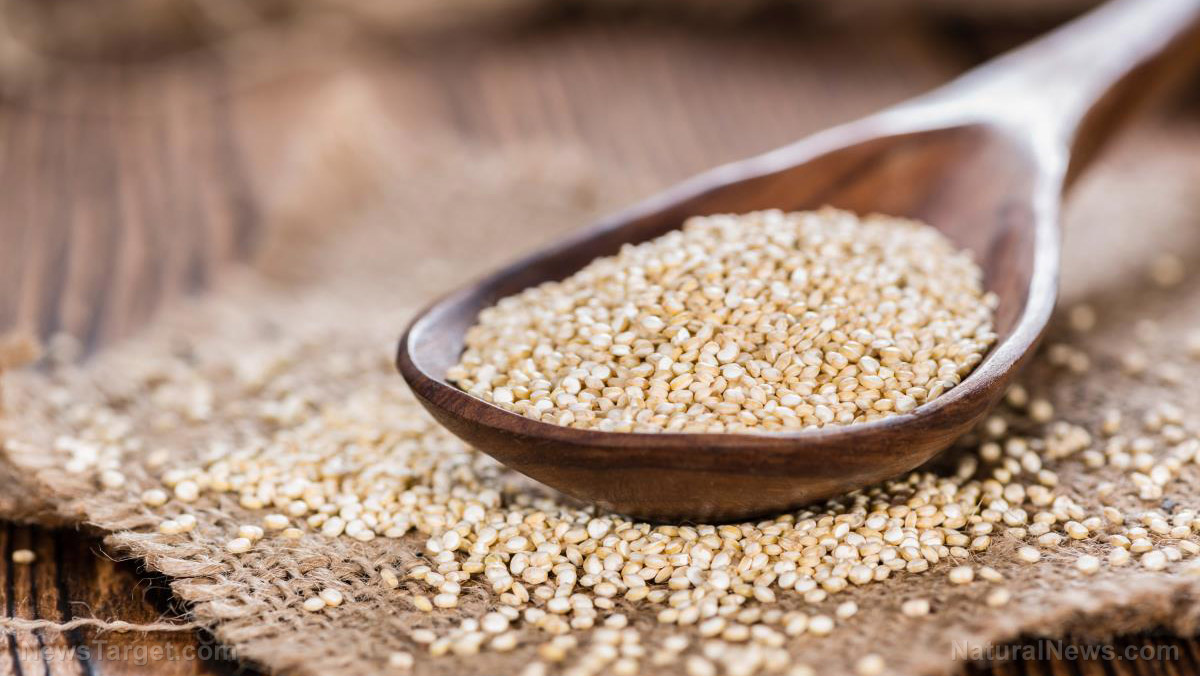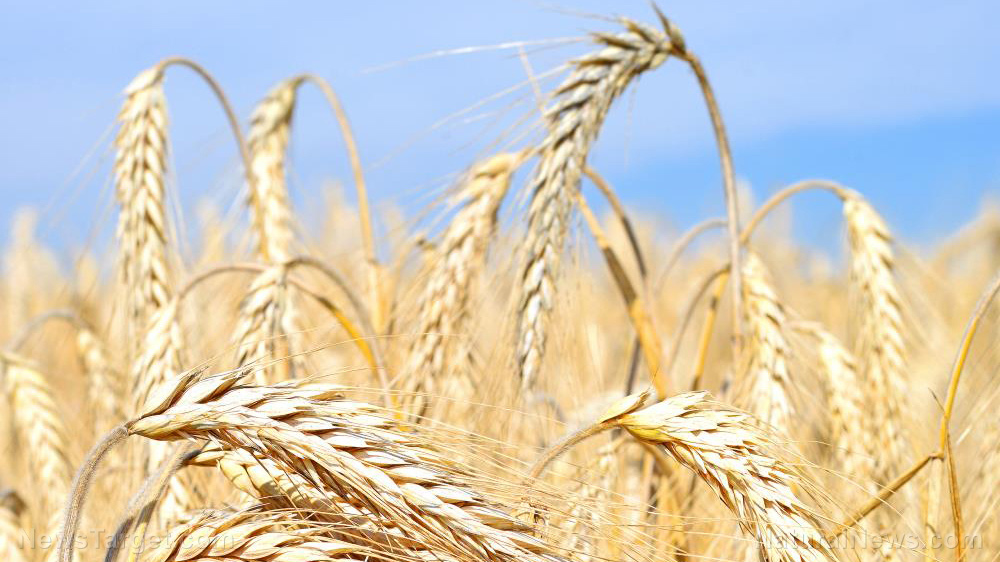8 Must-have foods for your survival stockpile
07/30/2021 / By Divina Ramirez

An emergency food stockpile can significantly increase your chances of survival if SHTF. Ideally, it should have nutritious foods that fuel your body so you can easily carry out survival tasks or handle emergencies. You should also stockpile shelf-stable foods so you can stretch out your supply for as long as possible.
Here are eight foods you should have in your emergency stockpile: (h/t to ApartmentPrepper.com)
1. Beans
Beans are packed with protein and fiber, both of which can keep you full for longer. Beans also come in various flavors and textures and are incredibly versatile. Use them in salads, soups, sandwiches and grain bowls. Canned and dried beans have an extended shelf life and can be bought in bulk to save money.
2. Rice
Rice is a starchy, high-calorie grain loaded with carbohydrates, which your body uses mainly for energy. Cooked rice can be eaten on its own or served alongside vegetable or meat dishes.
When stored in a cool, dry area, rice should keep for three to six months. Rice is also cheap if bought in bulk.
3. Pasta
Pasta is another good source of carbohydrates. It is also cheap and easy to prepare since you’ll only need water. It also makes a great vehicle for a variety of ingredients, including dried vegetables and canned sauces.
Boxed, uncooked pasta will last for up to two years past the expiration date printed on the packaging. But once opened, it will only last for about one year.
4. Nuts and seeds
Nuts and seeds offer high amounts of protein, fiber and essential vitamins and minerals. They are also excellent sources of healthy unsaturated fats, which is why they are best stored in the freezer.
Even if the power goes out, frozen nuts and seeds will last for a few months in airtight containers.
5. Fruits and vegetables
Eating fruits and vegetables is one of the best ways to stay healthy in survival situations. Fresh ones won’t keep long, so it’s better to get canned fruits and vegetables. If you have an electric dehydrator, you can dehydrate fruits and vegetables yourself. Dehydrating extends the shelf life of perishable foods like fresh produce. (Related: Food storage tips: How to dehydrate foods for long-term storage.)
Additionally, you can pickle fruits and vegetables in brine or vinegar for long-term storage.
6. Meat and seafood
Meat and seafood are excellent protein sources, and they can still be part of your emergency food stockpile if you store them properly. For long-term storage, meat can either be cured with salt or portioned into airtight containers and placed in the freezer. You can also dehydrate or freeze-dry lean meat to make your own jerky.
On the other hand, raw seafood can last for three to eight months in the freezer. If you don’t want to freeze raw fish or shellfish, you can buy canned ones instead. They are more affordable and will last for up to five years.
7. Healthy oils
Healthy oils like olive oil and coconut oil offer healthy fats, which provide energy and help your body absorb certain nutrients. Oils also allow you to make more varied dishes since you can add them to marinades, sauces, salad dressings and pasta dishes.
Whether opened or unopened, oils will only last for up to two years. Oils made from nuts, like hazelnut oil and almond oil, will spoil within a few months even if unopened.
8. Honey
Honey can give you an energy boost, and it is a healthier alternative to white sugar. It also has an incredibly long shelf life. Take note that it is not necessary to refrigerate honey. Doing so will only cause honey to crystallize, making it more difficult to use. It is best kept in the pantry.
If portioning foods into containers, mark each one with the appropriate date, so you know when to use them or throw them away. Check the expiration dates of items in your stockpile regularly and rotate them as needed.
Go to Survival.news for more tips on how to build a survival food stockpile.
Sources include:
Tagged Under: beans, canned food, food stockpile, food supply, fruits, Healthy Oils, honey, nuts, off grid, pasta, preparedness, prepping, rice, seeds, self-sufficient, SHTF, survival, survival foods, vegetables
RECENT NEWS & ARTICLES
EmergencyFood.News is a fact-based public education website published by Emergency Food News Features, LLC.
All content copyright © 2018 by Emergency Food News Features, LLC.
Contact Us with Tips or Corrections
All trademarks, registered trademarks and servicemarks mentioned on this site are the property of their respective owners.





















